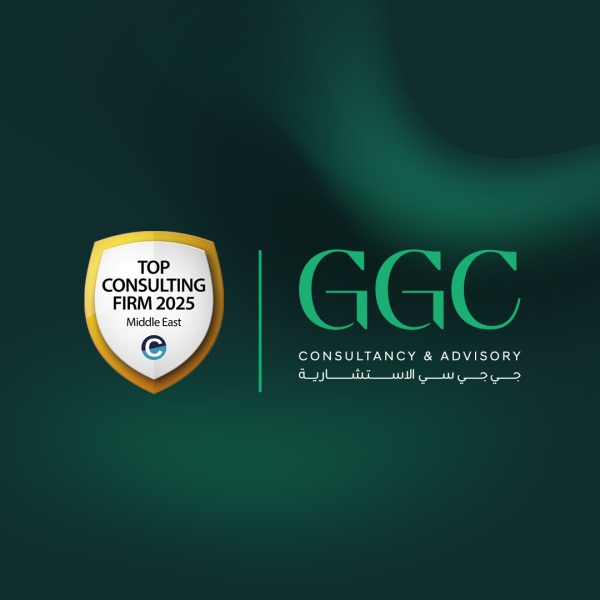Leadership has been studied for centuries, yet today’s mix of uncertainty, complexity, and speed is unprecedented. Effective leadership prioritizes connection and vision, creating clarity and trust, aligning people around a compelling direction, equipping success, and removing execution friction.
Design work around people and build strengths
Fit work to the employee, not the reverse. Employees excel when roles reflect their capabilities and values. Invest in capability before raising expectations through targeted development, coaching, and resources.
- Practical actions
- Map strengths to mission critical work and adjust scopes accordingly.
- Set outcomes and decision rights with precision to cut rework.
- Review workload and energy drivers to sustain pace.
Mandate clarity and fair governance
Lead with transparency in hiring, placement, and performance decisions. Prevent misalignment and internal rivalry by ensuring clear mandates and accountable ownership.
- Practical actions
- Practice explicit candor in hiring and internal moves.
- Present role realities with specificity.
- Ask early about strong preferences and non-starters to avoid misalignment and early attrition.
- Avoid winner takes all contests and overlapping mandates that erode trust and capacity.
- Assign single threaded ownership for critical missions.
- Define success, resources, and interfaces in advance.
- Assess talent using structured criteria rather than informal contests.
Management is both discipline and craft. Modern leaders design the conditions for performance and hold a clear line on outcomes. When roles match strengths, mandates are clear, and capability building precedes demands, organizations deliver resilient results amid uncertainty.







